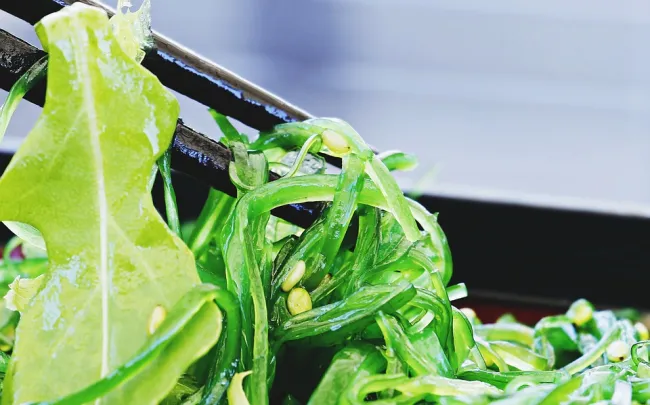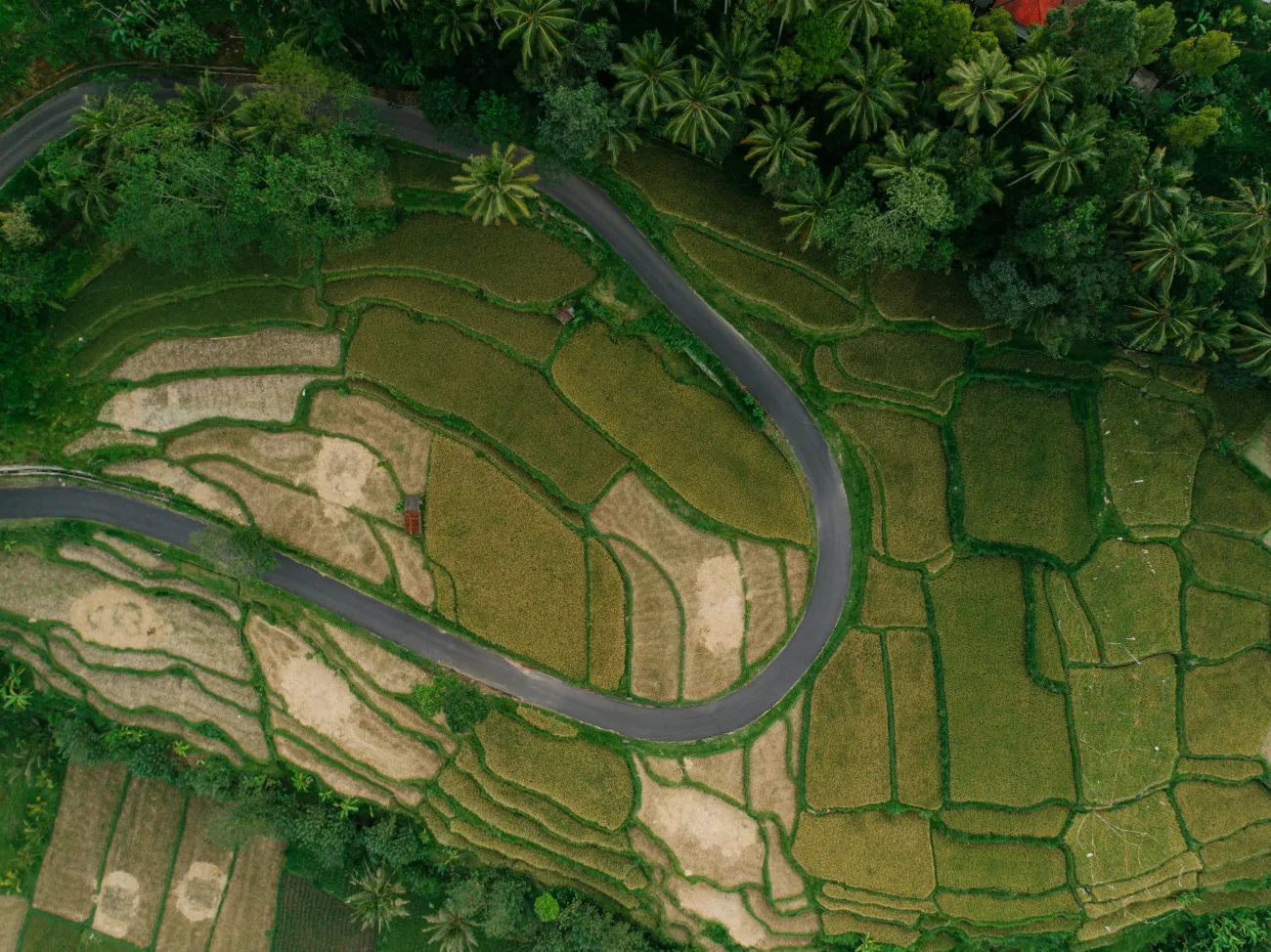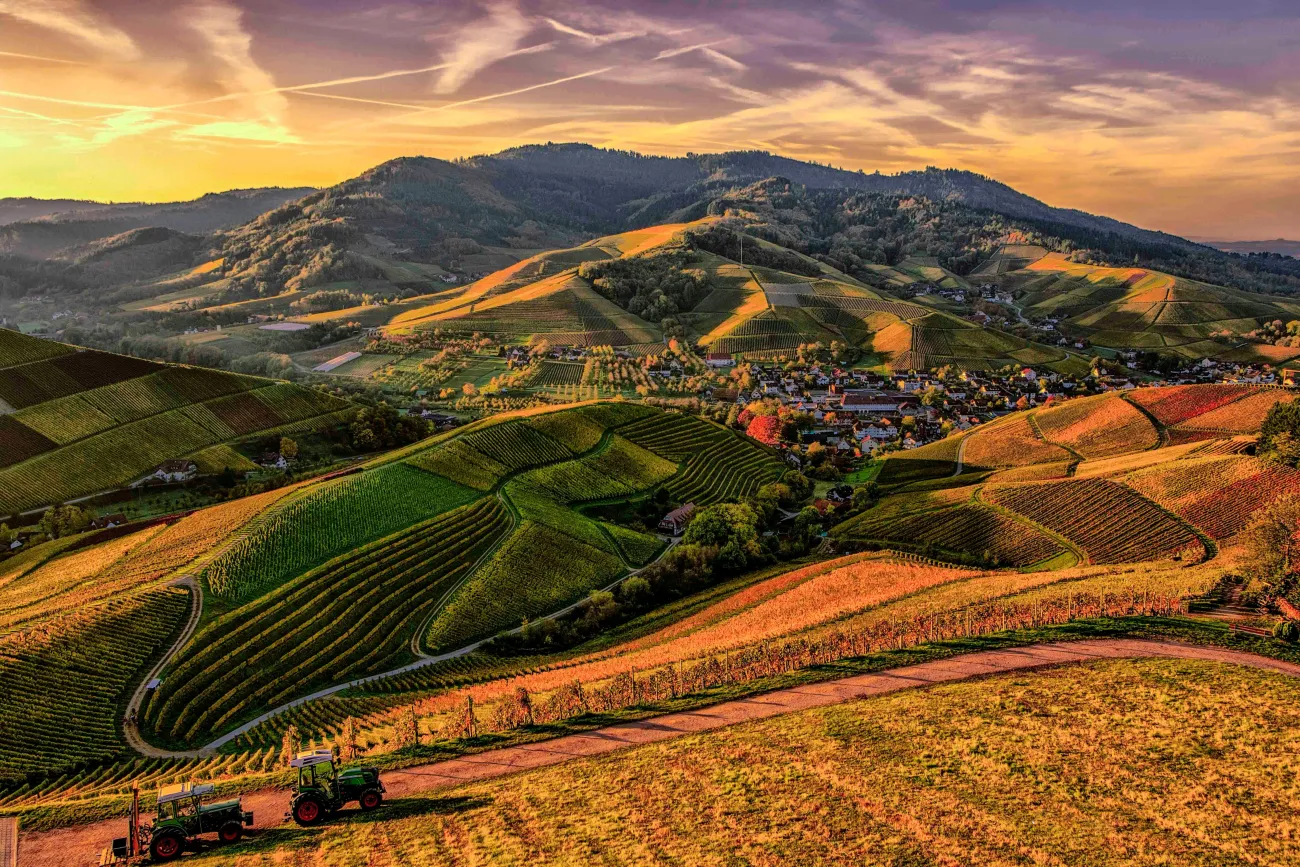This paper maps the global potential for producing 34 varieties of seaweed and uses five scenarios to model the impacts of expanding the use of seaweed for human food (10% of diets), animal feed (10% of intake), transport fuels (50%), all three of the previous uses, or supplementing ruminant feed (0.5% of feed) to reduce enteric methane production and increase feed conversion efficiency.

It finds that roughly 1.8% of the global ocean area would be suitable for seaweed cultivation, producing 6.5 billion tonnes of dry weight biomass per year - more than enough to meet the demands of the scenarios considered.
The figure below shows the predicted environmental impacts of each scenario. “Aspa” refers to supplementing ruminant feed with Asparagopsis (red seaweed) at 0.5% of feed, and the authors note that this scenario appears to offer by far the greatest benefits for natural land cover, emissions reductions from agriculture, reduction in nitrogen fertiliser use and biodiversity conservation. This is mostly because of the potential for seaweed supplementation to reduce enteric methane production in ruminants, and partly due to a reduction in land conversion and corresponding increase in afforestation caused by an improvement in the feed conversion efficiency of ruminant livestock. However, the authors note that there are potential side effects to this scenario, such as increased meat and livestock production with resulting local environmental impacts, and also that Asparagopsis could have detrimental impacts on local marine ecosystems if farmed at scale. Hence, they argue it is likely that there will be diminishing returns to Asparagopsis farming beyond producing enough for an optimal level of supplementation (it is likely that Asparagopsis can be no more than 2% of ruminant diets, even if it were to expand beyond the 0.5% in the scenario).
Image: Figure 3, Spillias et al. Total and marginal effects of substituting seaweed on land use, emissions, water use, nitrogenous fertiliser use and biodiversity intactness.
Abstract
Agricultural expansion to meet humanity’s growing needs for food and materials is a leading driver of land-use change, exacerbating climate change and biodiversity loss. Seaweed biomass farmed in the ocean could help reduce demand for terrestrial crops and reduce agricultural greenhouse gas emissions by providing a substitute or supplement for food, animal feed and biofuels. Here we model the global expansion potential of seaweed farming and explore how increased seaweed utilization under five different scenarios that consider dietary, livestock feed and fuel production seaweed usage may affect the environmental footprint of agriculture. For each scenario, we estimate the change in environmental impacts on land from increased seaweed adoption and map plausible marine farming expansion on the basis of 34 commercially important seaweed species. We show that ~650 million hectares of global ocean could support seaweed farms. Cultivating Asparagopsis for ruminant feed provided the highest greenhouse gas mitigation of the scenarios considered (~2.6 Gt CO2e yr−1). Substituting human diets at a rate of 10% globally is predicted to spare up to 110 million hectares of land. We illustrate that global production of seaweed has the potential to reduce the environmental impacts of terrestrial agriculture, but caution is needed to ensure that these challenges are not displaced from the land to the ocean.
Reference
Spillias, S., Valin, H., Batka, M., Sperling, F., Havlík, P., Leclère, D., Cottrell, R.S., O’Brien, K.R. and McDonald-Madden, E., 2023. Reducing global land-use pressures with seaweed farming. Nature Sustainability, pp.1-11.
Read the full paper here. See also the Feed podcast episode Sahil Shah on Scaling Seaweed.




Comments (0)